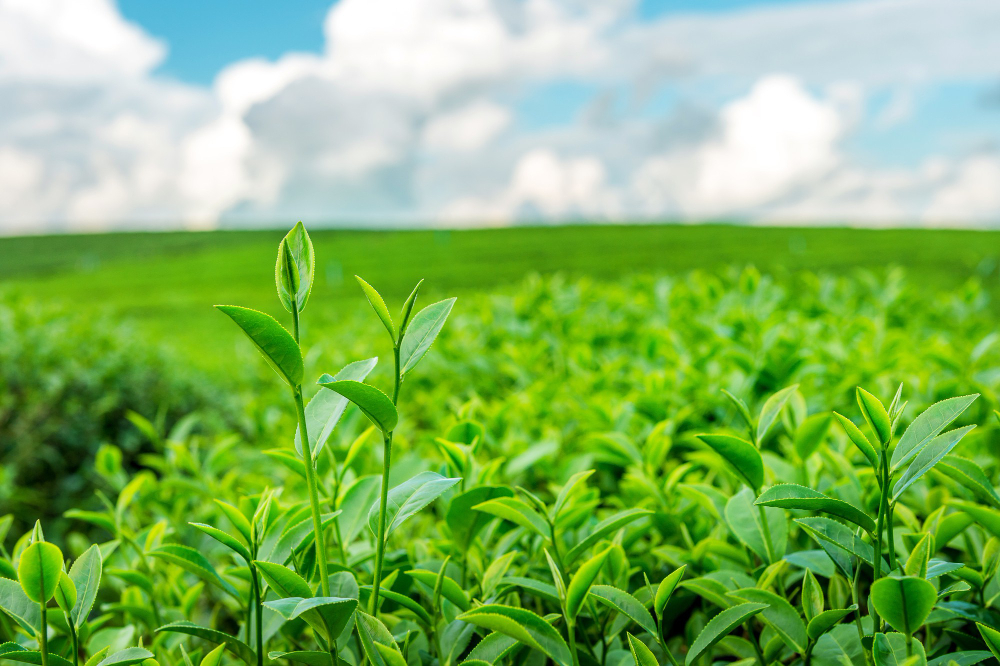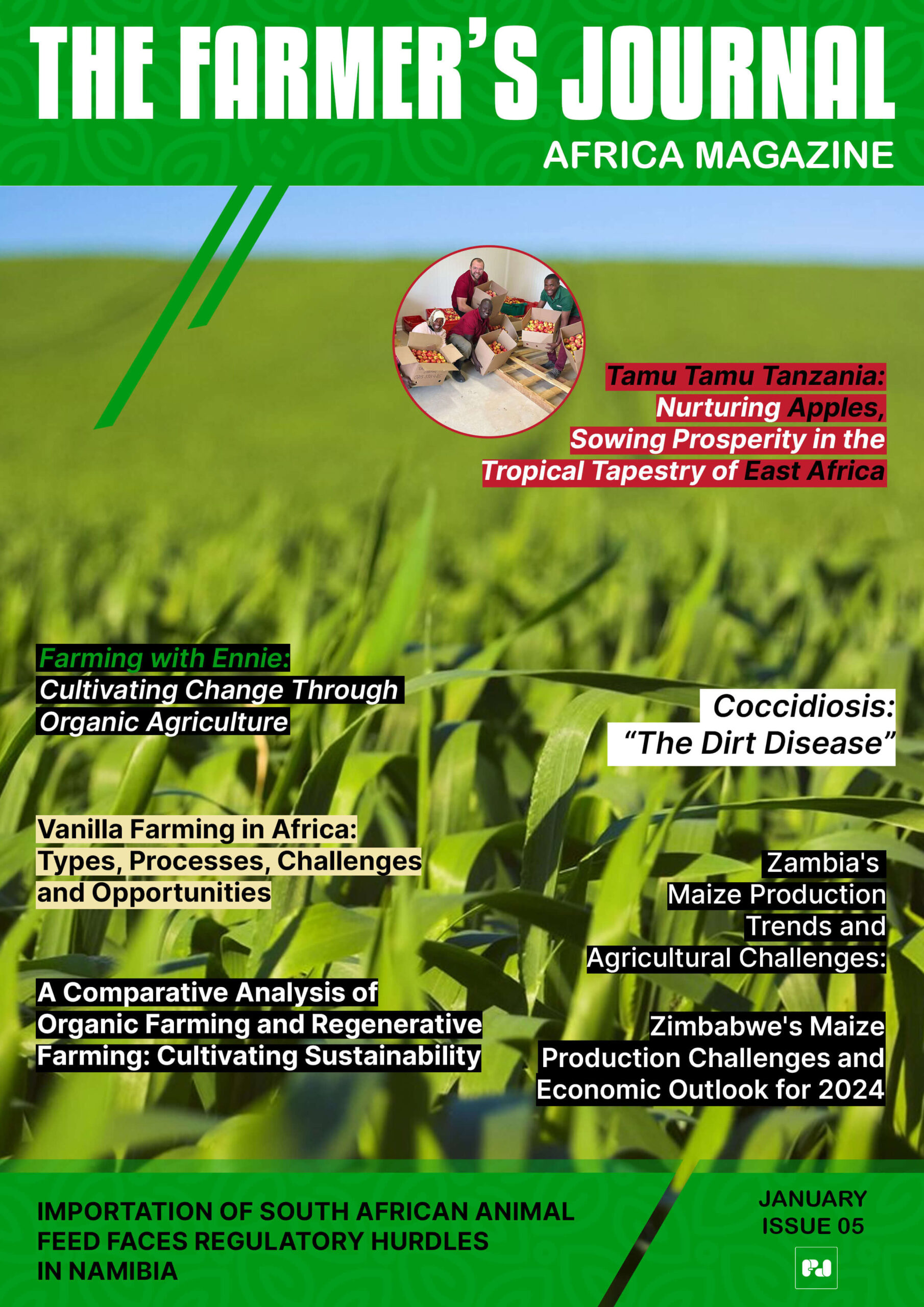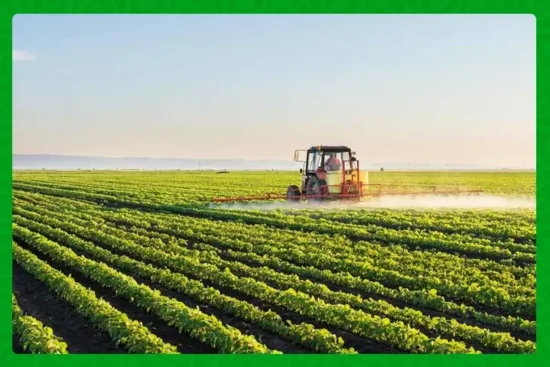
Last week at the Mombasa Tea Auction, Kenya’s small-scale tea factories turned heads and warmed pockets. The 70 factory units that sold into the market pulled in Kes 882.4 million, the proceeds from 3,543,878 kilograms of made tea. For many growers that meant firmer returns compared with the recent run of weak weeks and a reminder that quality still pays.
Quality in the leaf, value in the pocket
This was not a luck-of-the-draw week. Factories that focused on plucking standards and careful processing saw rewards. Kimunye led both in volume and value, selling 156,967 kilograms that translated into Kes 48.5 million in receipts. Ngere, credited locally with close engagement between board members and growers, made Kes 31.7 million from 103,703 kilograms. Mununga and Kathangariri also posted sizeable returns, showing that disciplined green leaf management turns into stronger paydays.
Ngere Tea Factory chairman James Githinji pointed to that human effort behind the numbers. He said the board and extension teams have been pushing farmers to pluck high quality leaf and that agriculture officers are visiting farms to support better practices. Those field-level interventions are making the difference buyers notice at auction.
Prices and regional spread
On average the teas fetched Kes 305 per kilogram at the sale. Prices, however, were not uniform. Teas from the East of the Rift sold closer to Kes 370 per kilogram, while West of Rift offerings averaged about Kes 240 per kilogram. At the low end, Kapko Factory recorded Kes 158 per kilogram for a 26,456 kilogram consignment, a sharp reminder that location and quality still dictate what ends up in the grower’s hand.
Who moved the market
Besides Kimunye and Ngere, other factories posting notable returns included Rukuriri, Imenti, Kiegoi and Mungania. Volume sellers this week were Kimunye, Kionyo, Momul, Michimikuru and Tirgaga, each delivering six-figure consignments that helped keep bids competitive. The overall picture was one of concentrated strength from factories that keep close ties with producers and invest in quality control.
What the leaders are saying
Local leaders urged growers to protect quality to sustain better prices. Enos Njeru of KTDA Zone Six singled out factories such as Rukuriri and Mungania for premium returns and credited frequent extension visits for the uplift. Tea Board of Kenya director Charles Kirigwi also encouraged growers to maintain high standards, saying Kenya’s tea still commands interest from international buyers when quality is consistent. Those endorsements matter because buyers at Mombasa are increasingly selective.
Bigger picture: export corridors and diplomatic progress
The auction results arrive at a useful moment for Kenya’s tea sector. Nairobi and Tehran have moved to set up a joint committee aimed at lifting Iran’s suspension on Kenyan tea exports within 60 days. The committee will draft tougher controls to stop malpractice in the export chain, a step that could restore a key market after an episode of irregular trade. Kenyan exports to Iran have surged in recent years from about 3.2 million kilograms in 2020 to roughly 13 million kilograms in 2024, with the value growth to match. If the committee succeeds, the Mombasa market stands to benefit from renewed demand.
Why this week matters for smallholder livelihoods
The sums sitting on auction slips are not abstract. For the thousands of small-scale farmers attached to these factories, stronger weekly receipts mean more reliable farm budgets, school fees paid on time, and money for fertilizer and seedbeds. When factories like Kimunye and Ngere win at market, their catchment farmers see the effect at the household level. That connection is why extension work and board oversight keep popping up in the comments from industry leaders.
Risks and opportunities ahead
The surge is encouraging, but it comes with questions. Can factories sustain the quality gains week after week? Will renewed export openings, if realised, stabilize prices or introduce volatility? And how will smaller, low-priced consignments be lifted so fewer farmers are left on the margins? Addressing those questions will require continuing investment in farm-level extension, better traceability and stronger enforcement of export standards so Kenya protects both reputation and earnings.
The human story at the heart of the numbers
Numbers excite markets. People build them. From a woman plucker who learns where to cut the bud and two leaves, to a board director who hires an extra extension officer, the chain of choices adds up. When markets reward quality, those small human changes are validated at auction. This week’s Kes 882.4 million is more than a headline. It is a reason for growers and factory boards to believe that careful work in the fields can be translated into steady incomes and renewed market access.
Quick facts
- Total earnings by 70 small-scale factories: Kes 882.4 million from 3,543,878 kg at the Mombasa Tea Auction.
- Average price: Kes 305 per kg. East of Rift average Kes 370 per kg. West of Rift average Kes 240 per kg.
- Top value factory this week: Kimunye, Kes 48.5 million for 156,967 kg. Ngere: Kes 31.7 million for 103,703 kg.
- Kenya and Iran agreed to form a joint committee to address trade issues and seek to lift the ban on Kenyan tea exports within 60 days.
Stay updated with the latest farming tips and agriculture industry news from Africa by subscribing to our newsletter. Don’t miss out on valuable insights and updates. Follow us on Twitter, LinkedIn, and Facebook to join our farming community and stay connected with us.


















